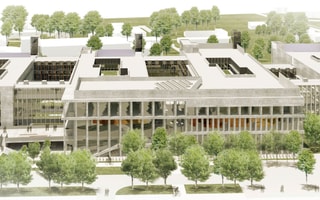BDP engineering excellence underpins completion of Ray Dolby Centre
The Ray Dolby Centre, a major new facility for the University of Cambridge’s Department of Physics, has officially opened, marking a significant milestone in the evolution of the world-renowned Cavendish Laboratory.
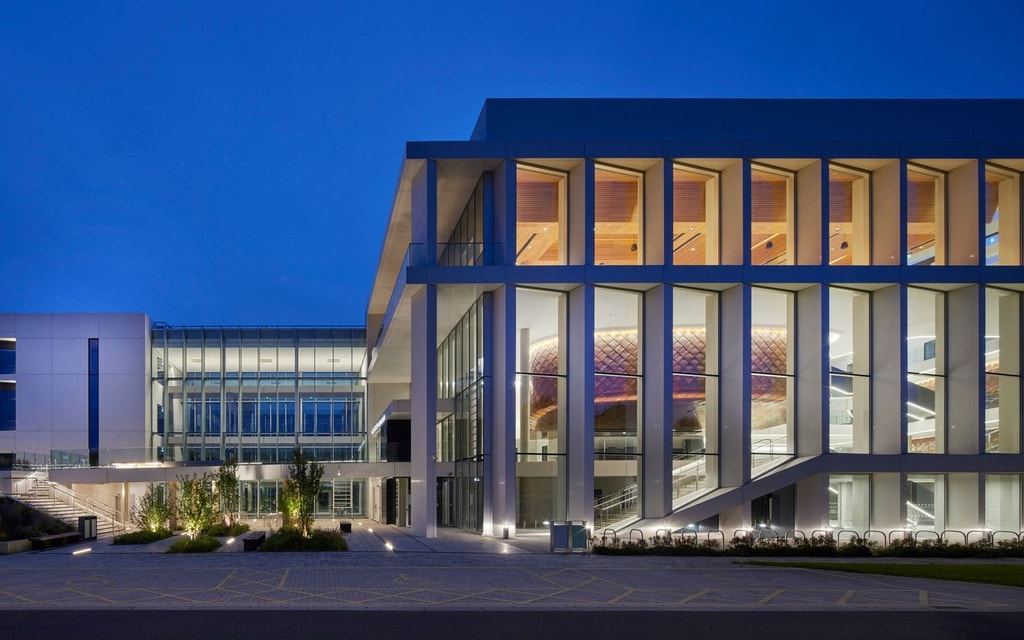
Designed to support cutting-edge scientific research, the state-of-the-art centre forms a key part of the university’s West Cambridge campus expansion.
The Department of Physics at University of Cambridge is noted for its breakthrough contributions to the development of science over the past 140 years, dating back to when the original Cavendish Laboratory was established in 1874. Multidisciplinary design practice BDP played an important role in the realisation of this new home for the department, delivering engineering and environmental design solutions to meet the complex requirements of a world-class research facility.
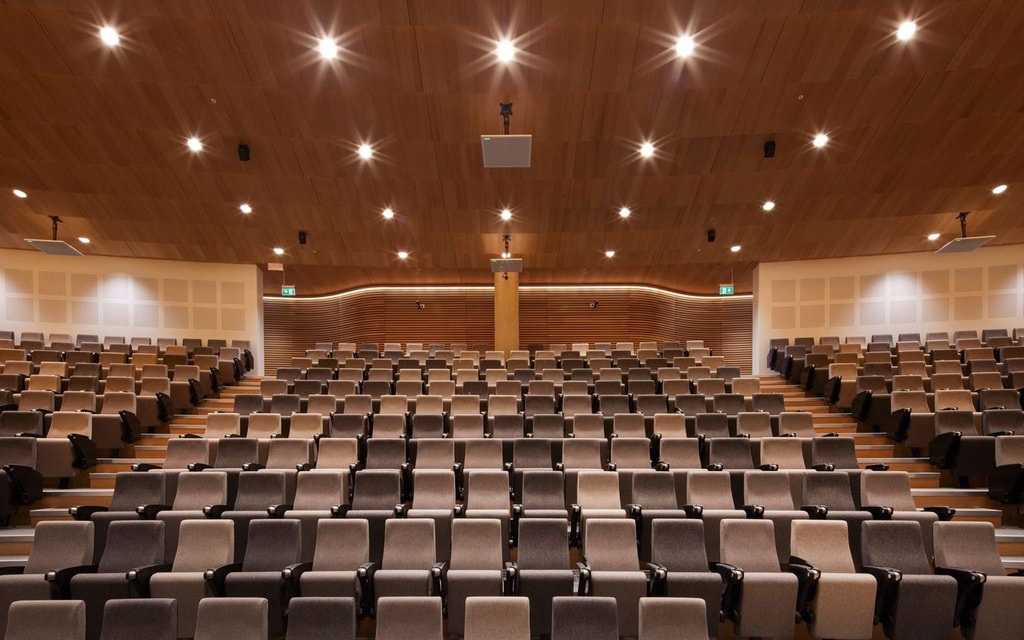
BDP’s involvement began at RIBA Stages 0–1, leading the initial briefing and concept design as architect and multidisciplinary lead. The early strategy established the framework for a highly complex building that responds to the technical, spatial and environmental demands of world-class research. From RIBA Stage 4, BDP was responsible for civil and structural engineering, building services, acoustics and landscape design, working in close collaboration with nbbj, which developed the detailed architectural design.
Bringing together numerous research groups under one roof, the Ray Dolby Centre accommodates cleanrooms, ultra-sensitive laboratories, lecture theatres, workshops and office spaces. A defining element of the facility is its basement, which includes extensive acoustic isolation and vibration mitigation measures, engineered to meet the stringent criteria required by sensitive research instruments and equipment.

“Our approach was rooted in a deep understanding of the scientific ambition for this project. We worked closely with the client advisor team and applied advanced modelling techniques to deliver infrastructure that not only meets demanding technical standards but also allows the flexibility to adapt and evolve. The result is a facility designed to perform quietly, precisely, and efficiently at every level.”
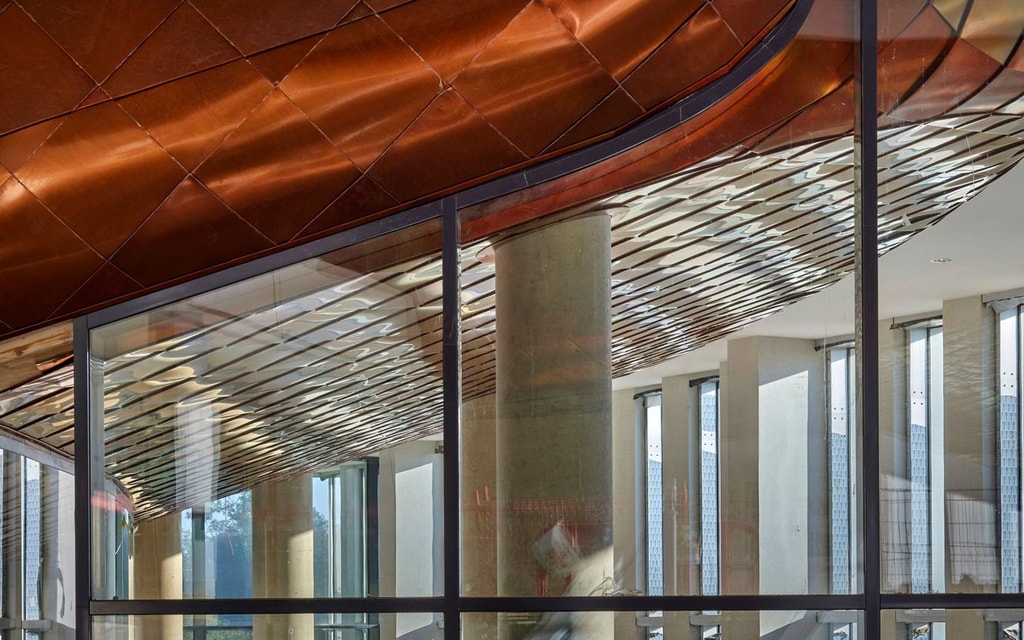
The initial concept zoning placed ultra-low vibration spaces in the most suitable parts of the site and grouped large-scale equipment within flexible ‘halls’ and cleanrooms to accommodate future equipment. Flexible and responsive design principles were embedded throughout, supported by active technologies to ensure long-term performance and resilience.
The opening of the Ray Dolby Centre reflects the University of Cambridge’s commitment to sustainability and academic excellence and demonstrates the power of integrated engineering in enabling science that shapes the future.
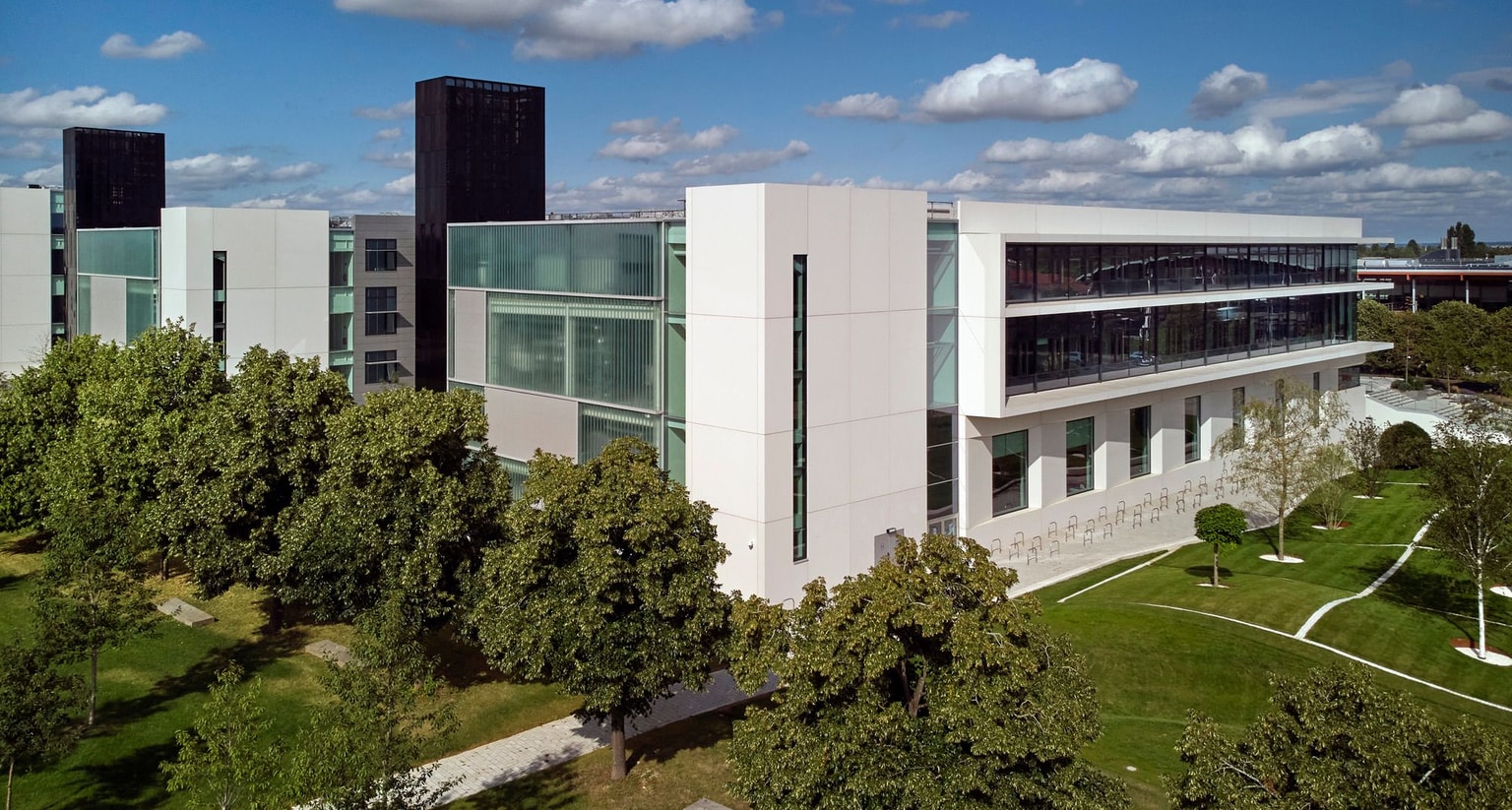
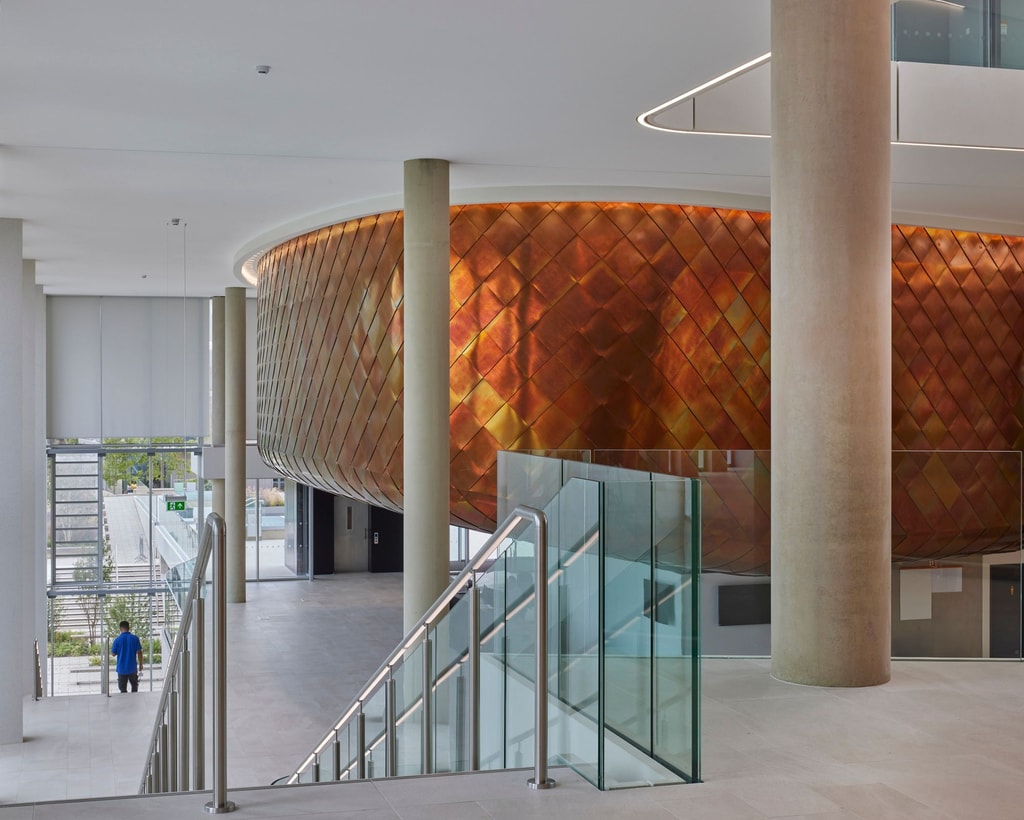
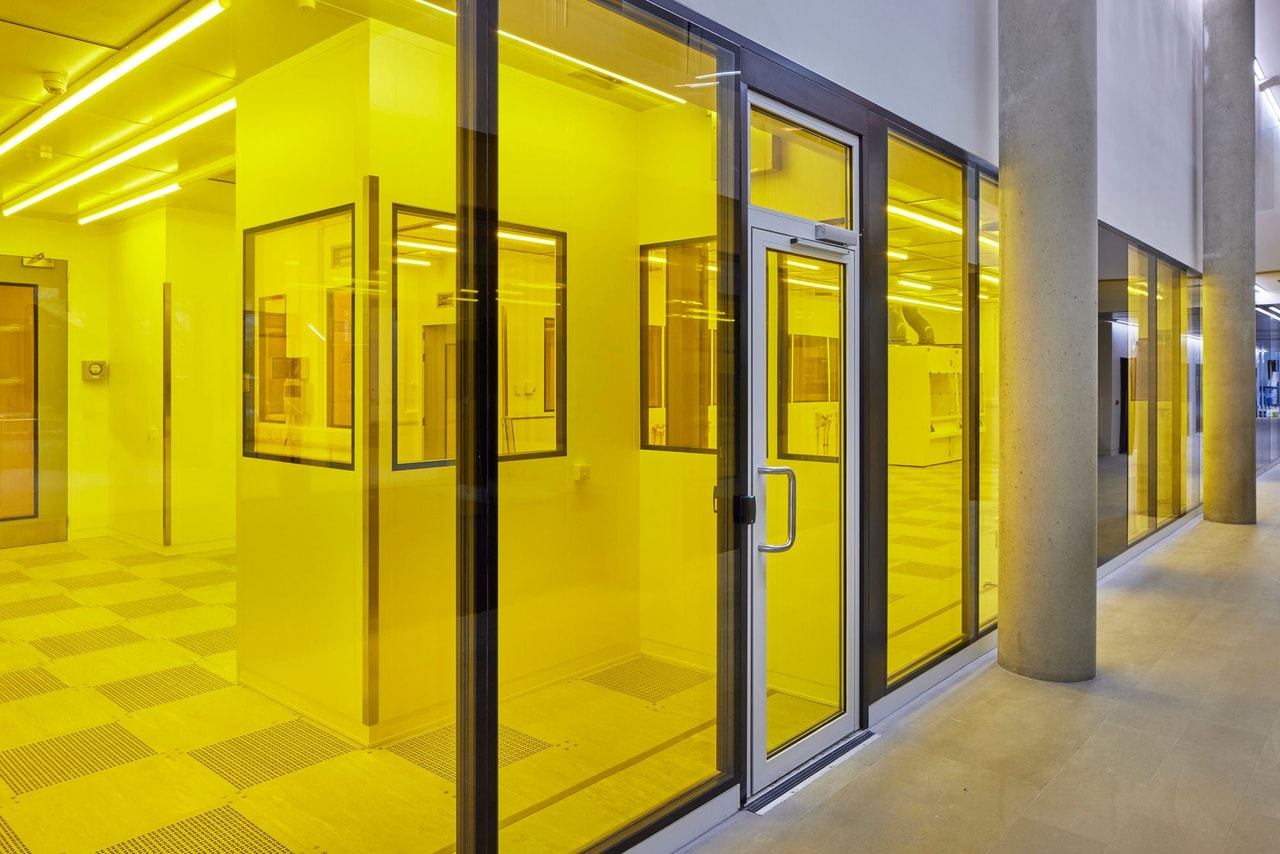
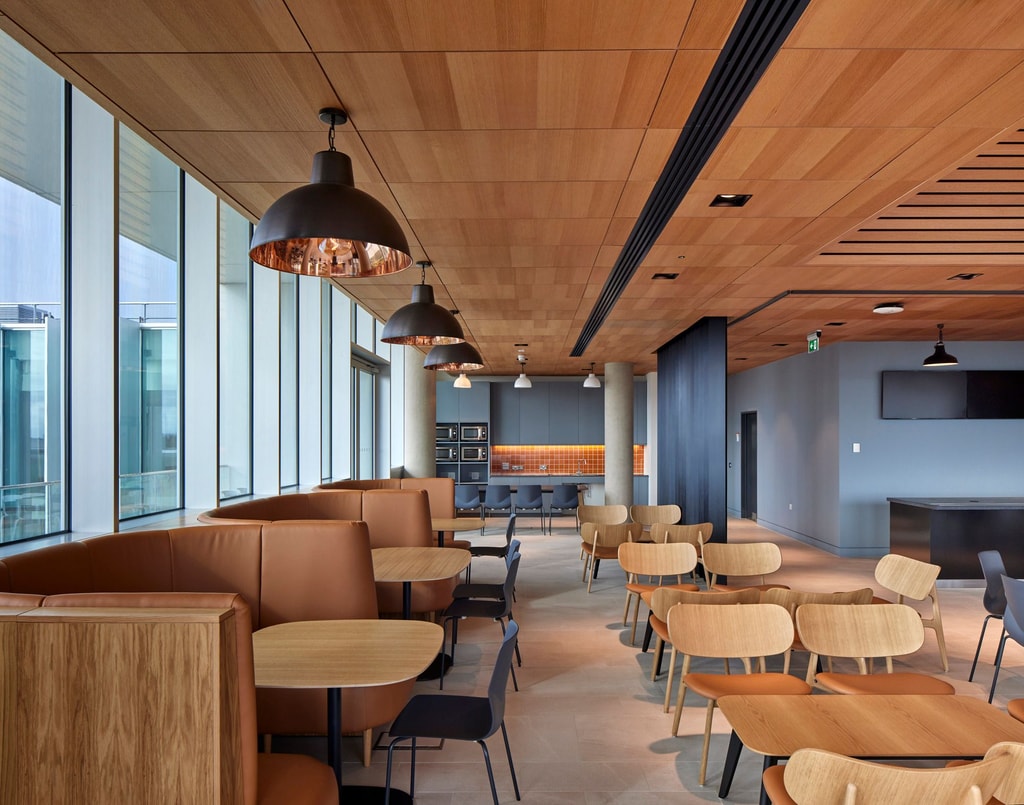
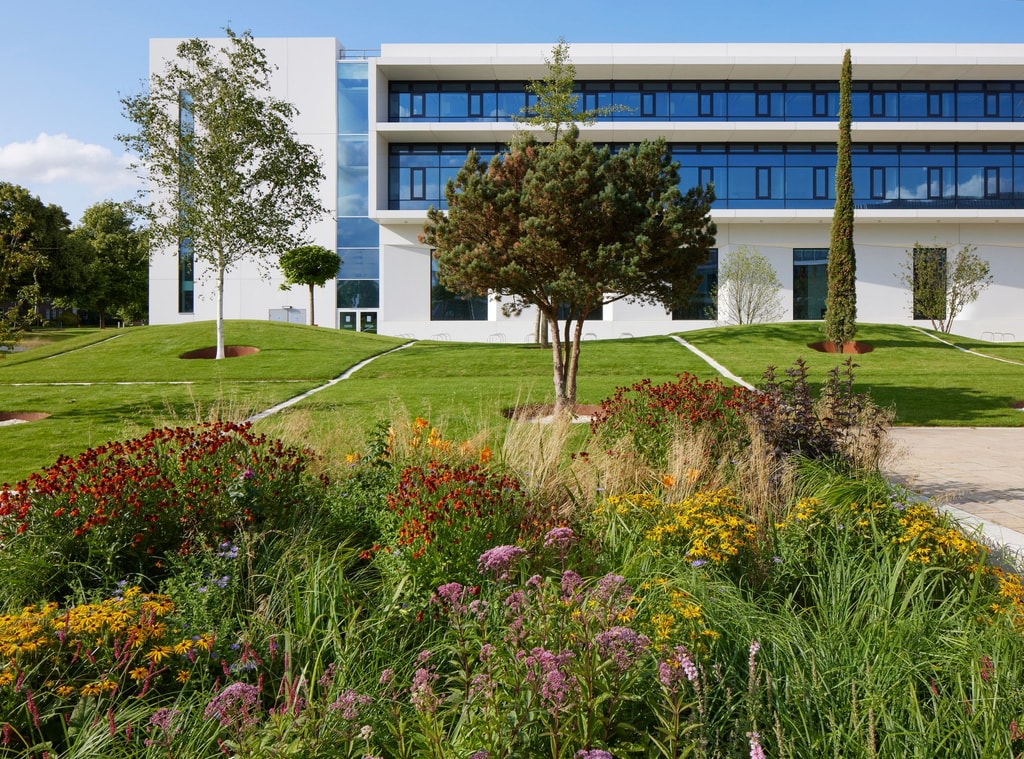
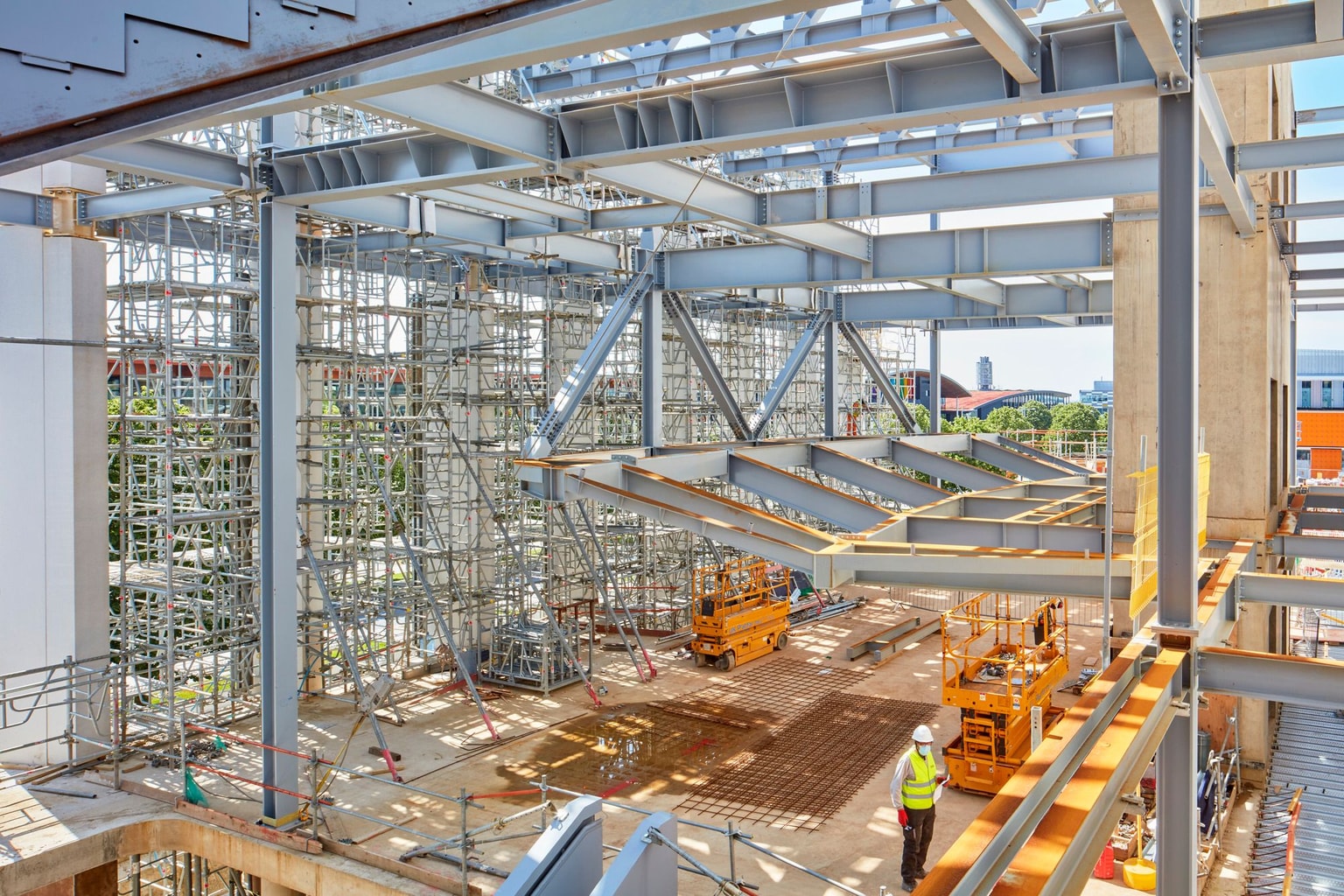
Further Reading
Ray Dolby Centre, University of Cambridge
The new state-of-the-art laboratory is a purpose-built centre for world-leading research.
